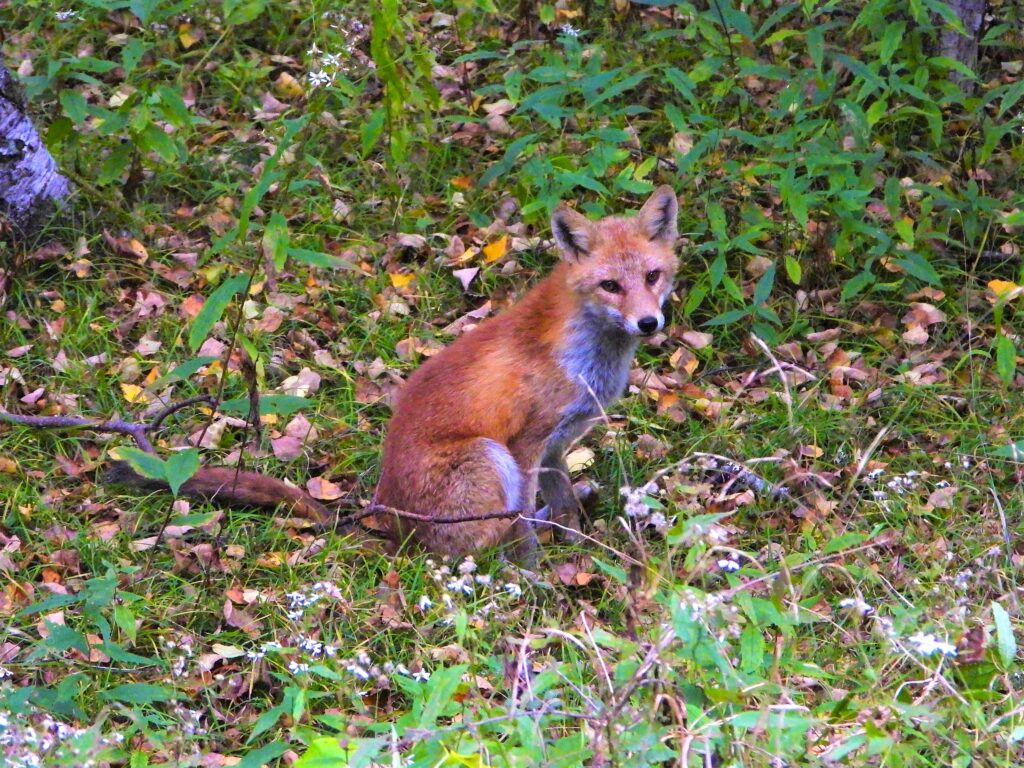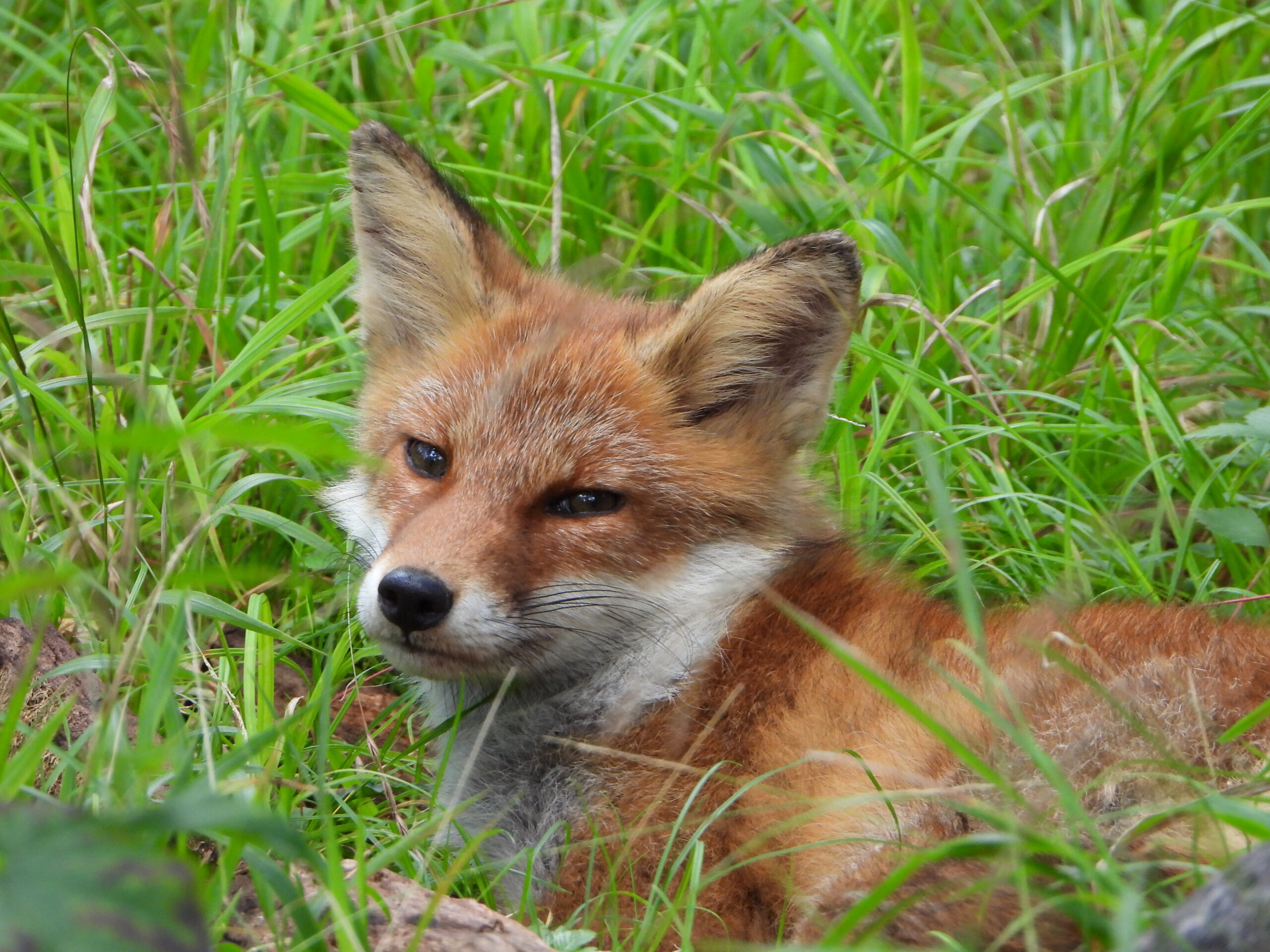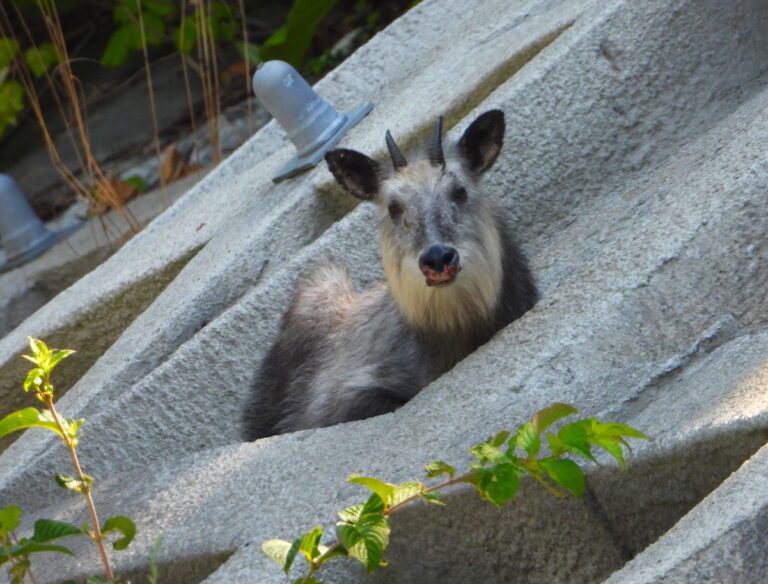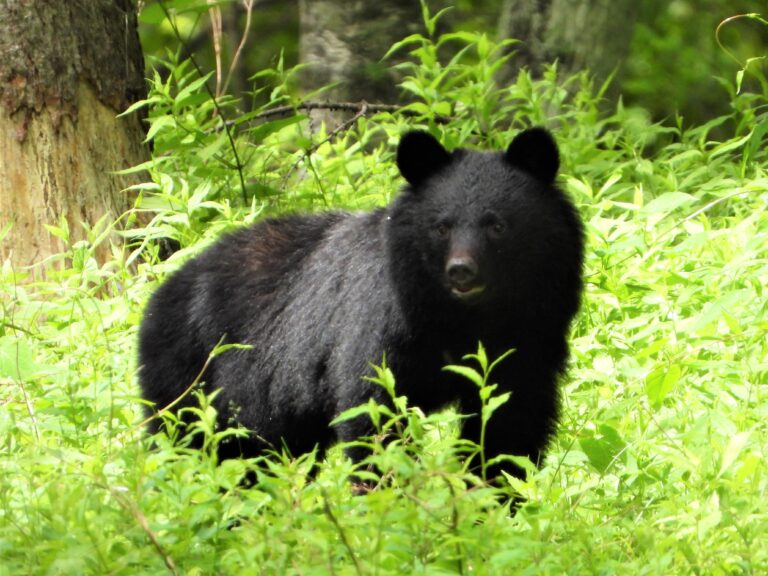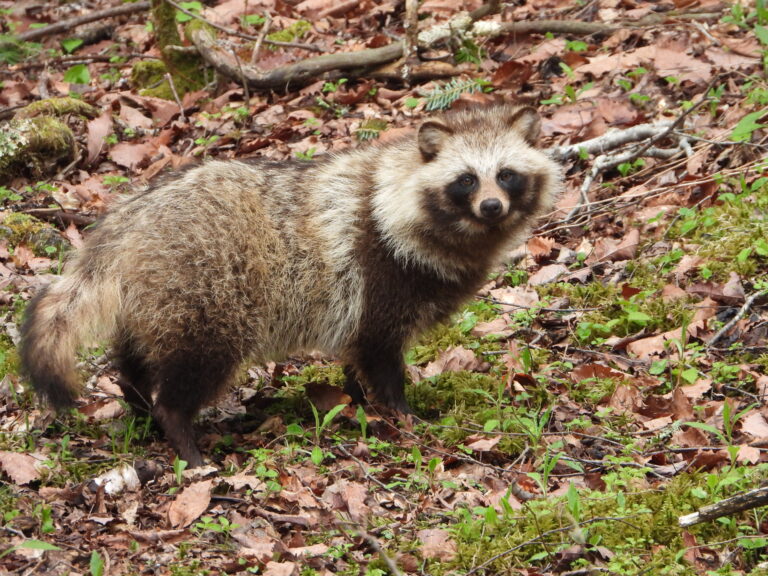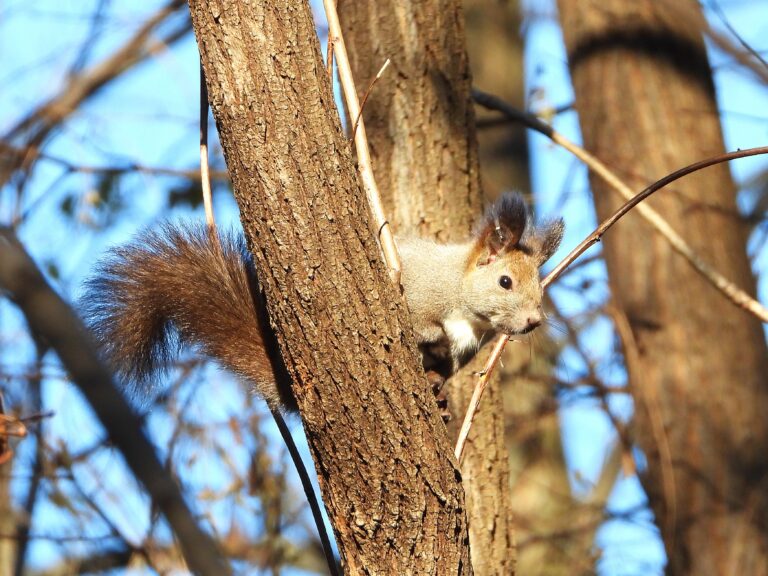Japanese Red Fox (Vulpes vulpes japonica) – Wildlife of Japan
Introduction
The Japanese red fox (Vulpes vulpes japonica), also known as the Hondo red fox, is the red fox subspecies native to Honshu, Shikoku, and Kyushu in Japan. Locally called “Hondo-gitsune,” it is deeply woven into Japanese folklore and Shinto tradition, often appearing in myths and rural legends. It is closely associated with Inari Ōkami, the Shinto deity of agriculture, rice, and prosperity, symbolized by fox statues at Inari shrines across the country. Compared with its northern cousin, the Ezo red fox of Hokkaido (V. v. schrencki), the Hondo subspecies tends to be slightly smaller and more slender, yet equally adaptable and charismatic.
→ Read the full profile of the Ezo Red Fox (Vulpes vulpes schrencki)
Appearance
Japanese red foxes have a reddish-brown coat with a pale underside, a bushy white-tipped tail, and pointed ears. The winter coat becomes dense and fluffy, while the summer coat is shorter and lighter. Adults typically measure about 60–75 cm in head–body length, with a tail approaching half that length.
Habitat
Widespread across Honshu, Shikoku, and Kyushu, this subspecies occupies forests, grasslands, agricultural mosaics, and even suburban edges. Their adaptability to human-modified landscapes—rural villages, shrine and temple precincts—has likely reinforced their cultural symbolism.
Behavior
Primarily solitary and crepuscular to nocturnal, foxes rest in dens (“earths”) they excavate or repurpose from other animals. They communicate with barks, screams, and a variety of calls. Intelligent and agile, they adjust daily routines to seasonal food availability and human presence.
Diet
Omnivorous and opportunistic: mainly small mammals such as mice, voles, and rabbits, but also birds, insects, reptiles, fruits, and carrion. Around farms and towns they may scavenge crops or food waste, which increases human–wildlife encounters.
Reproduction
Mating takes place in winter; vixens give birth in spring, typically to 4–6 kits. Newborns are altricial and remain in the den for several weeks. The male often provisions the female and kits by bringing food to the den, and both parents may contribute to feeding until late-summer independence.
Conservation
Overall the red fox is of Least Concern, and the Japanese red fox remains relatively common. Key threats include habitat fragmentation, road mortality, and disease such as sarcoptic mange. Unlike the Ezo red fox in Hokkaido, echinococcosis is not a prominent issue in this subspecies, though basic hygiene and avoiding the feeding of wildlife are still advised.
In Japanese culture, foxes are strongly linked to Inari Ōkami, the Shinto deity of agriculture, rice, and prosperity. Stone fox statues stand guard at Inari shrines across the country, where foxes are revered as the deity’s messengers. This spiritual connection grants foxes a kind of symbolic protection—cultural rather than legal—helping to keep them among Japan’s most iconic animals.
Author’s Impression
I love animals, but the fox has always been my absolute favorite. There is something magical about seeing one in the wild—especially in winter, when their coats turn thick and fluffy, making them look unbelievably cute. Watching a fox pause in the snow and flick its bushy tail feels like stepping into a fairy tale. And of course, fox kits are irresistibly adorable as well; if you have never seen them before, I highly recommend looking them up. Just knowing that such charming creatures live in Japan makes every walk in nature feel more exciting.
